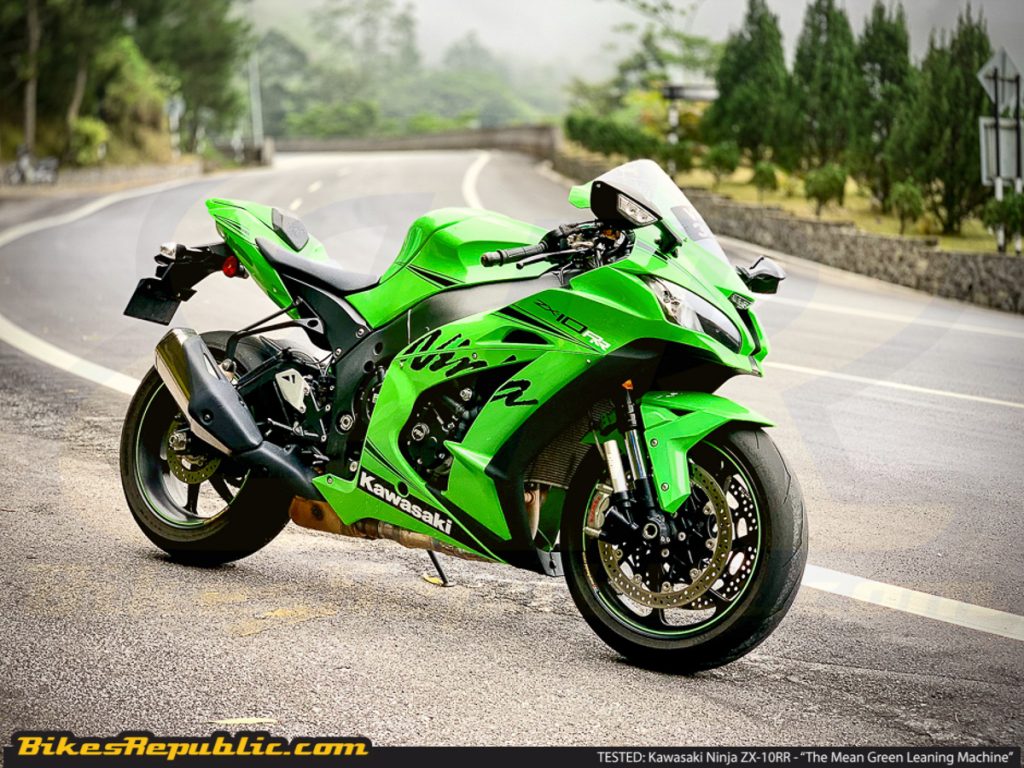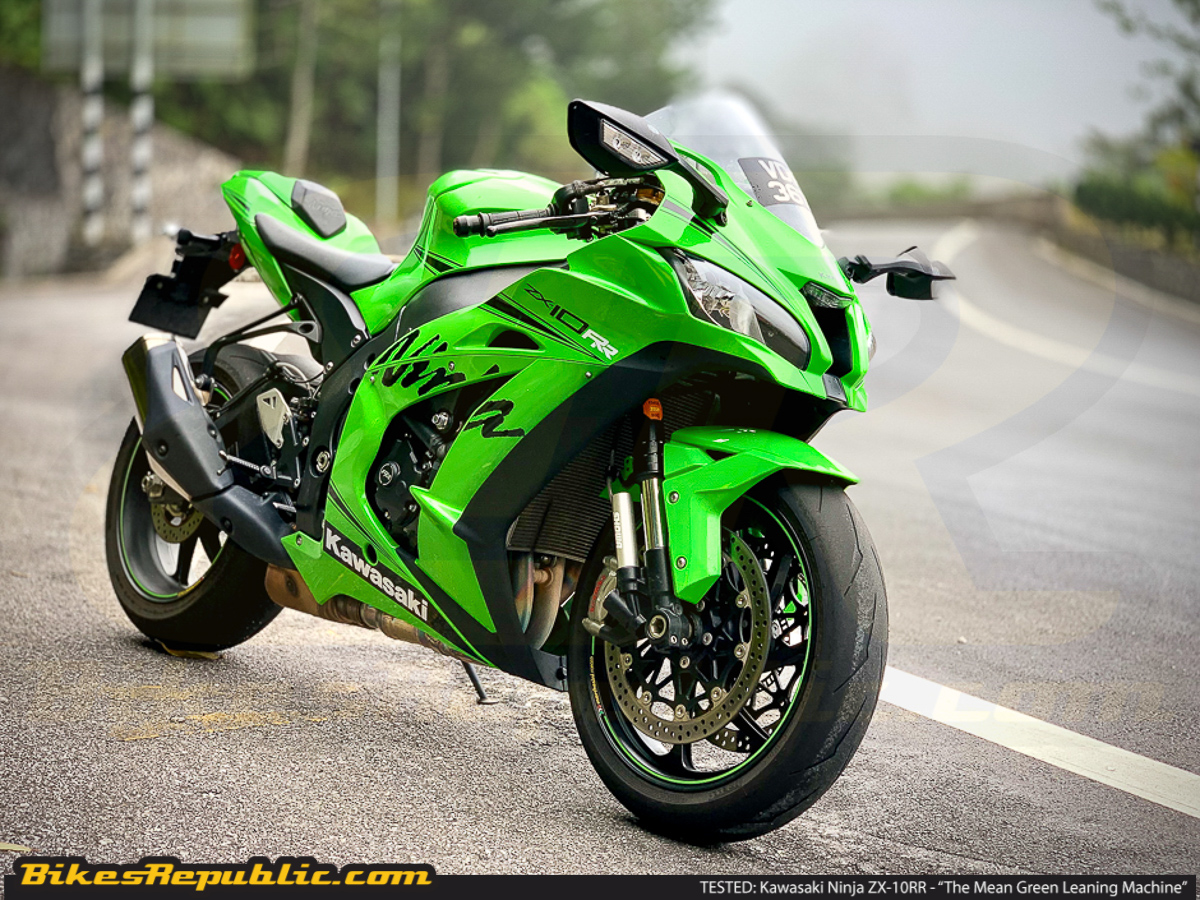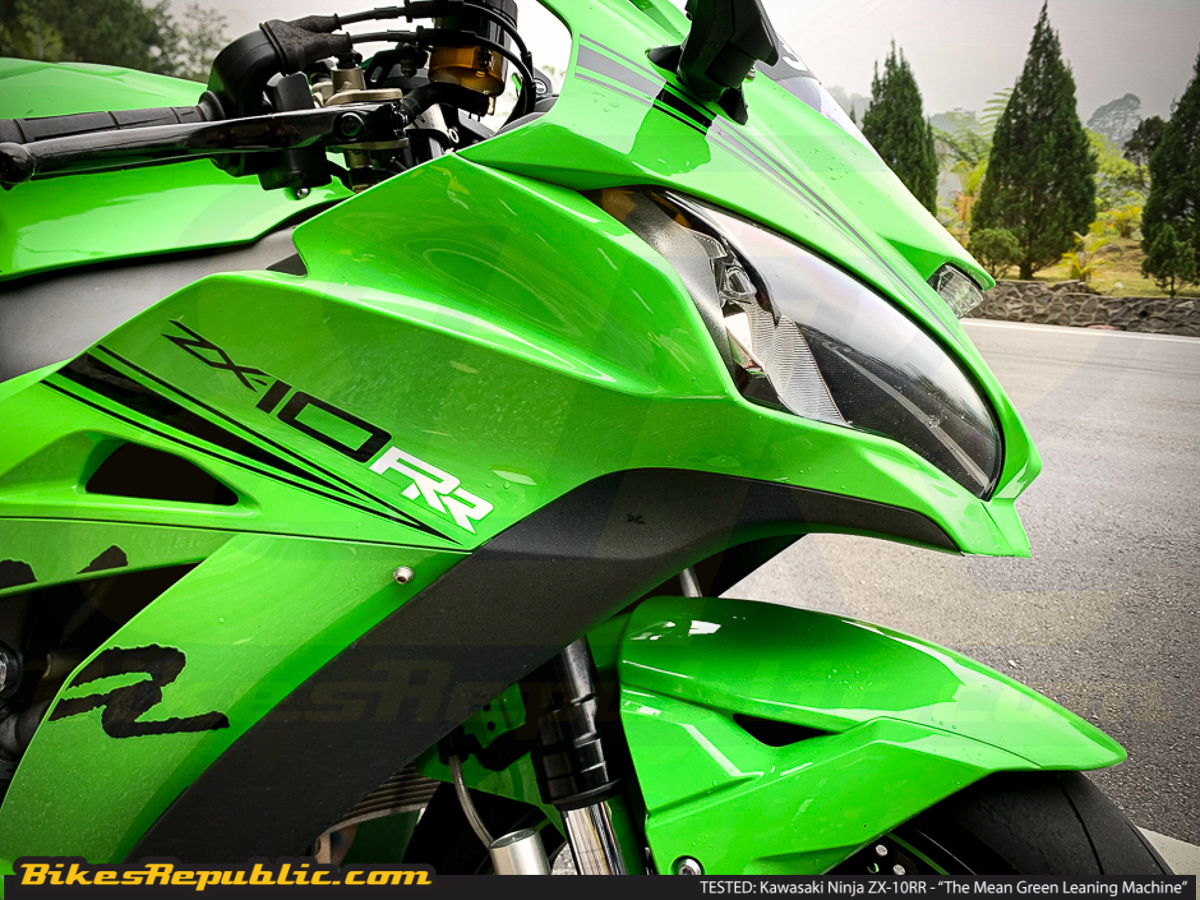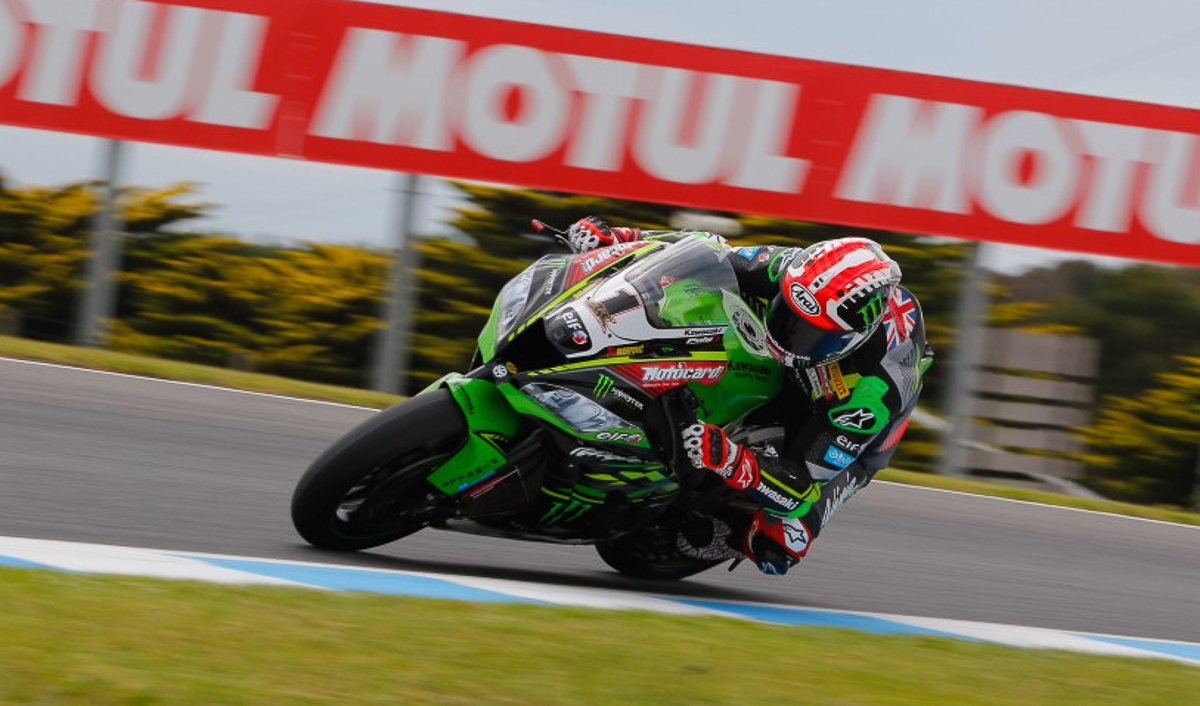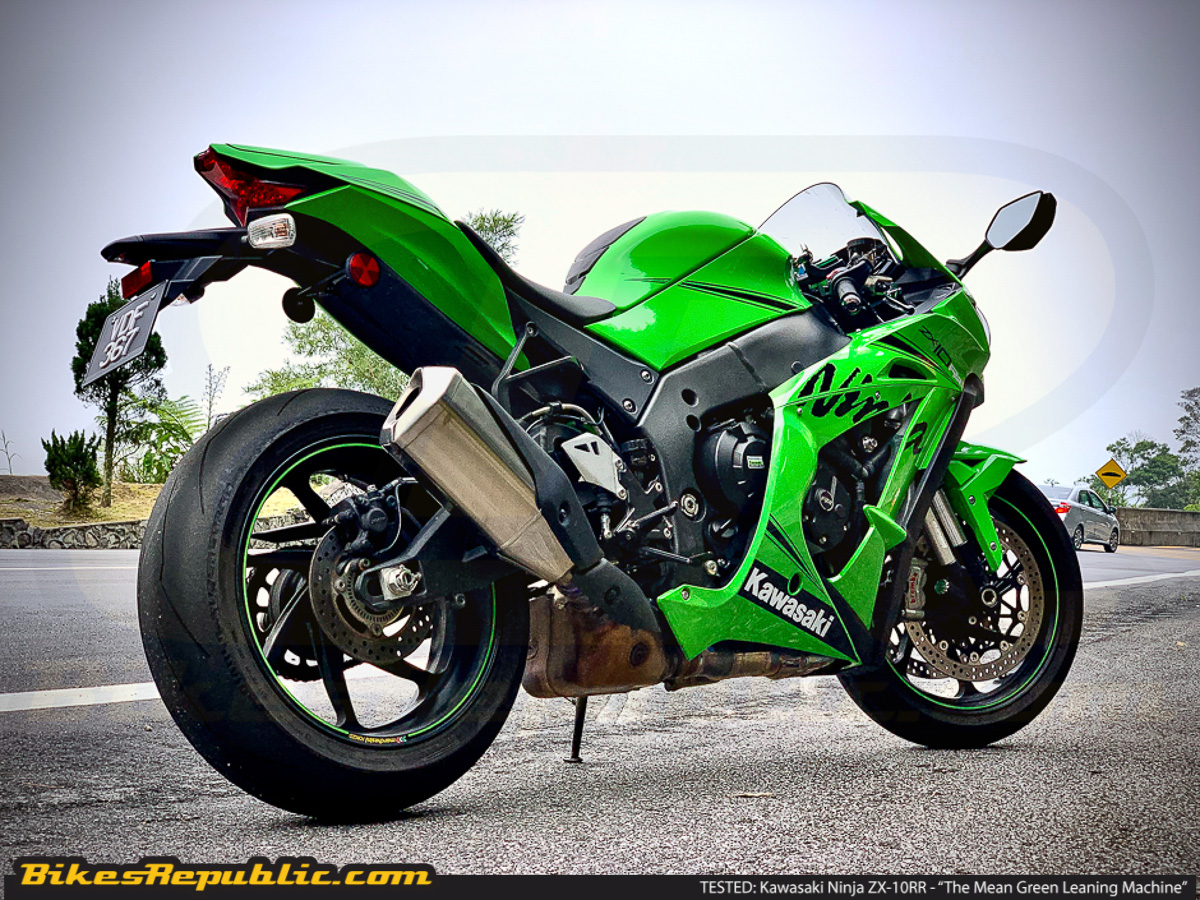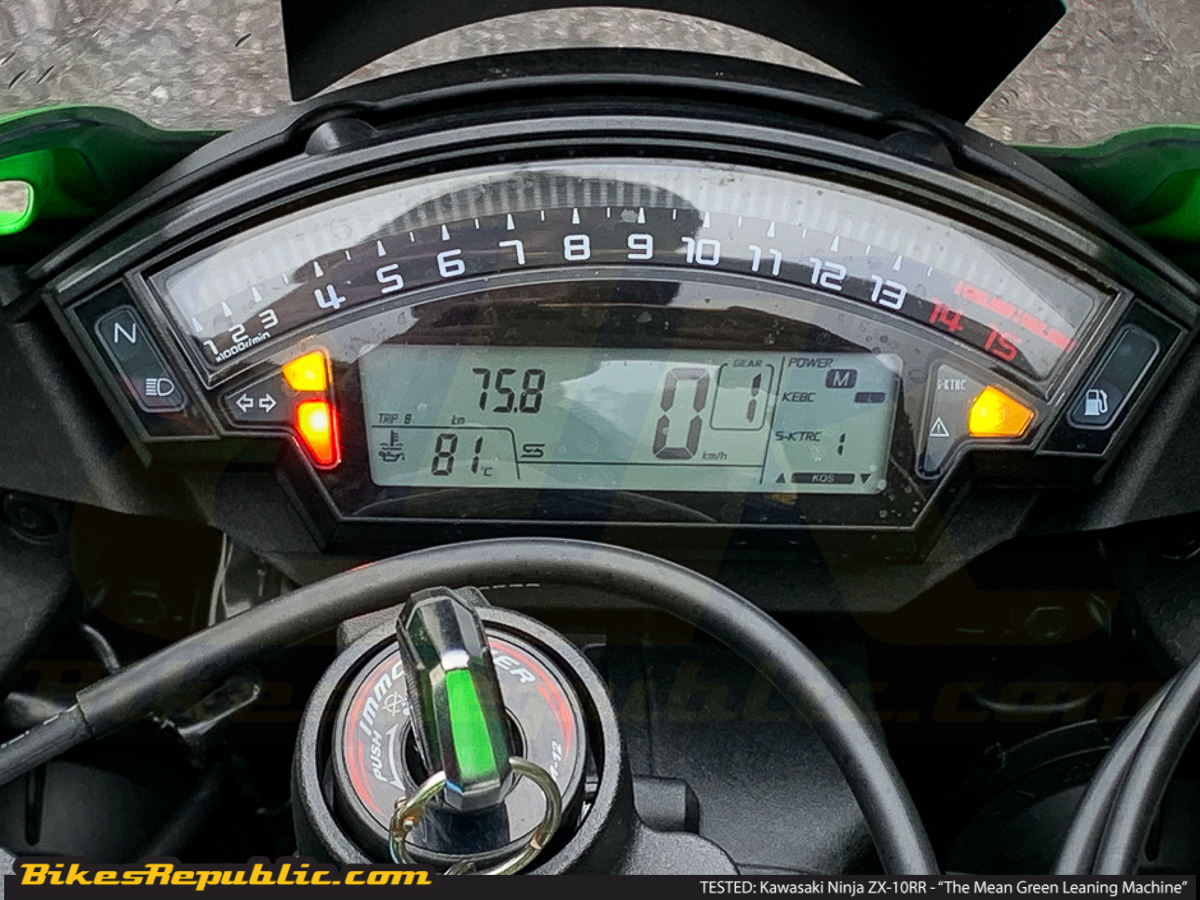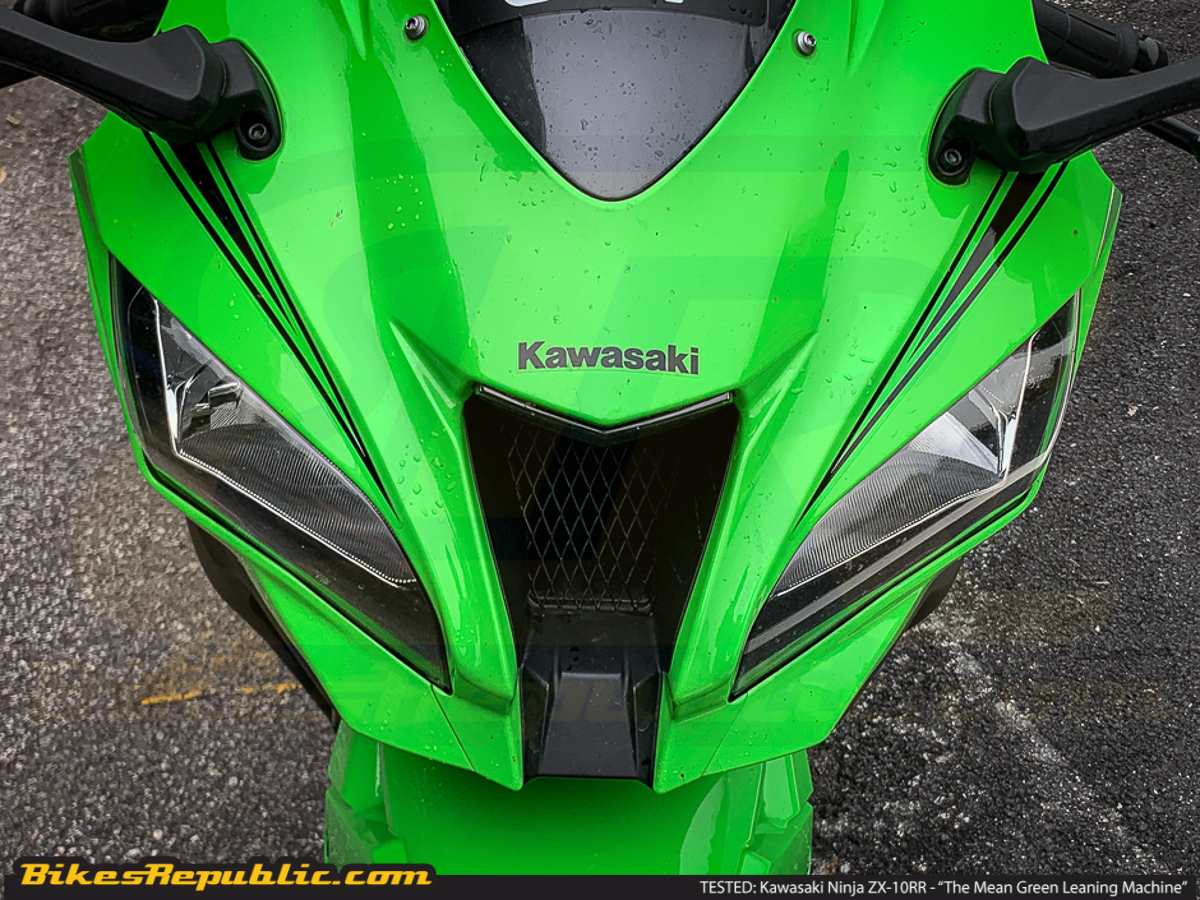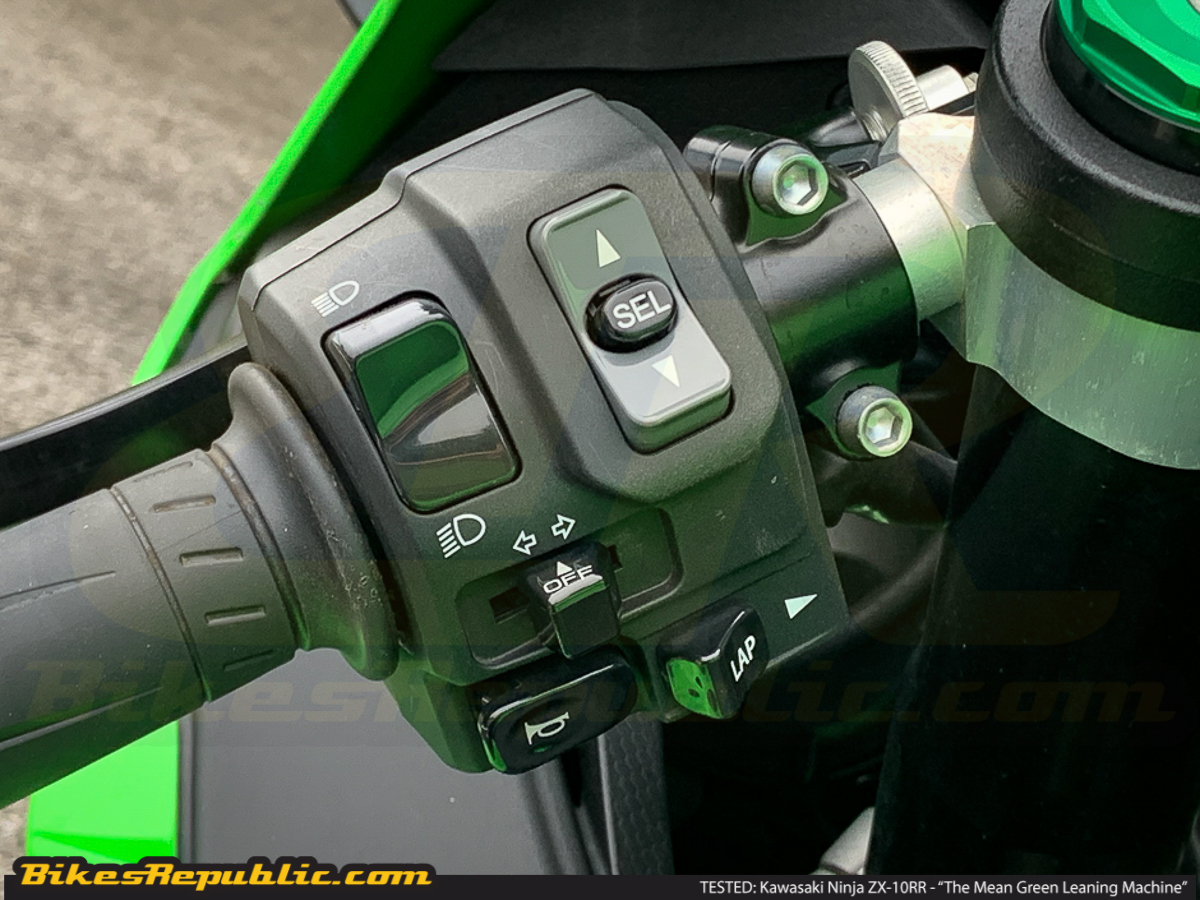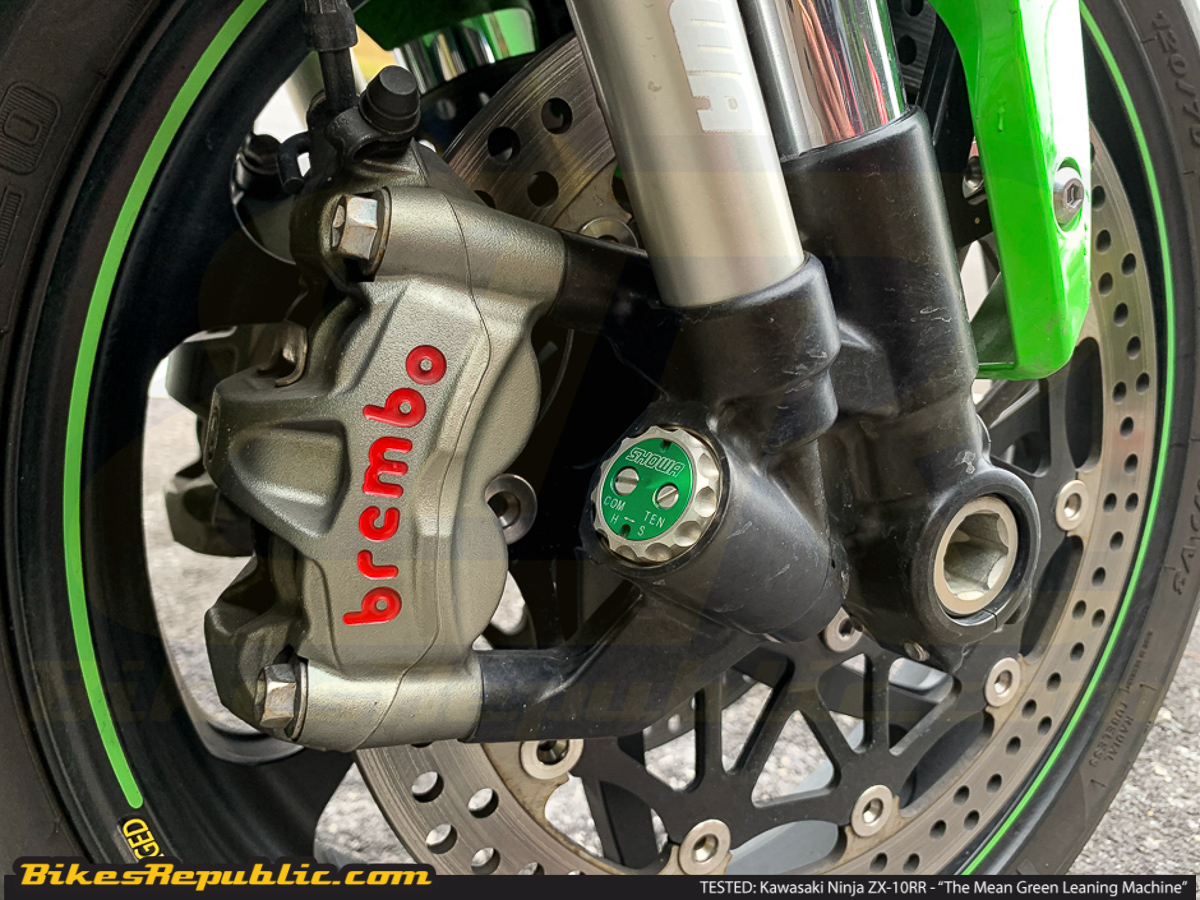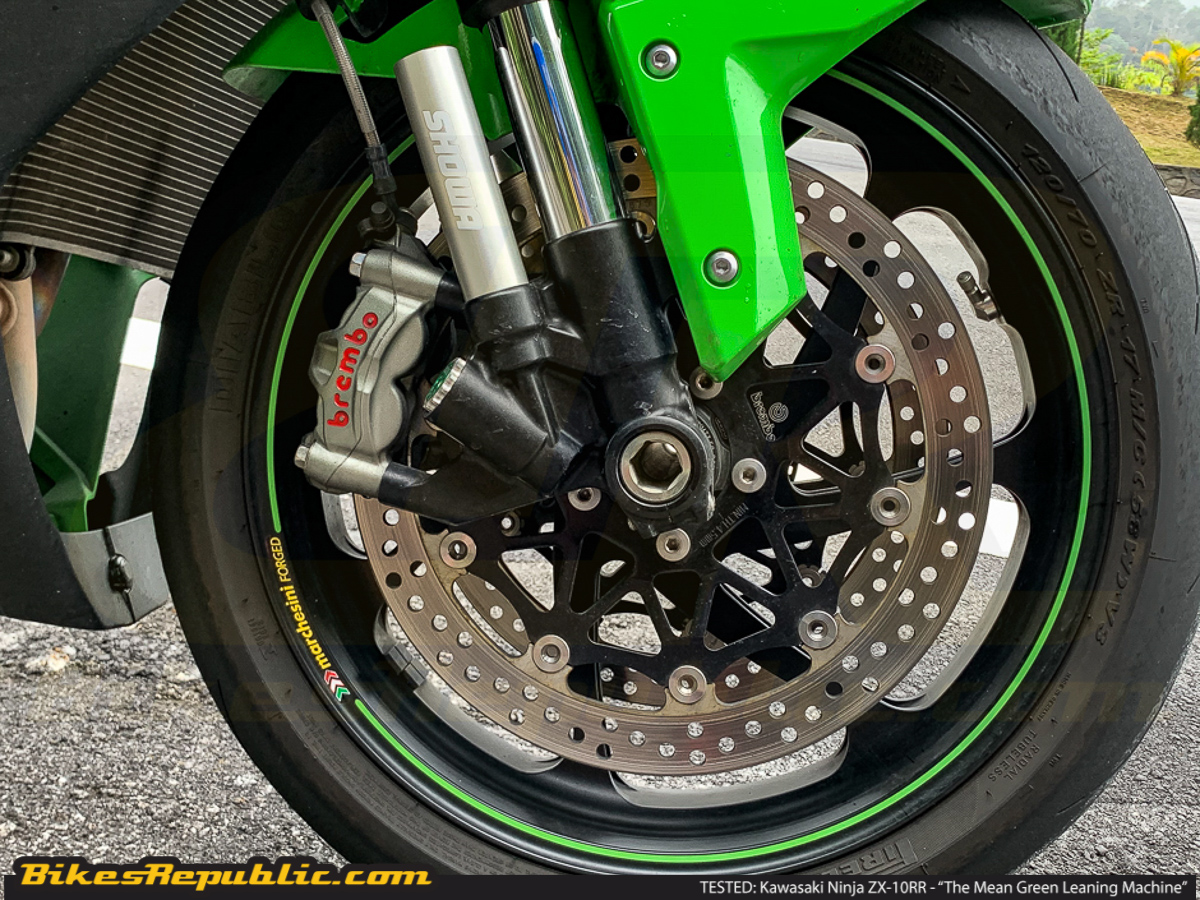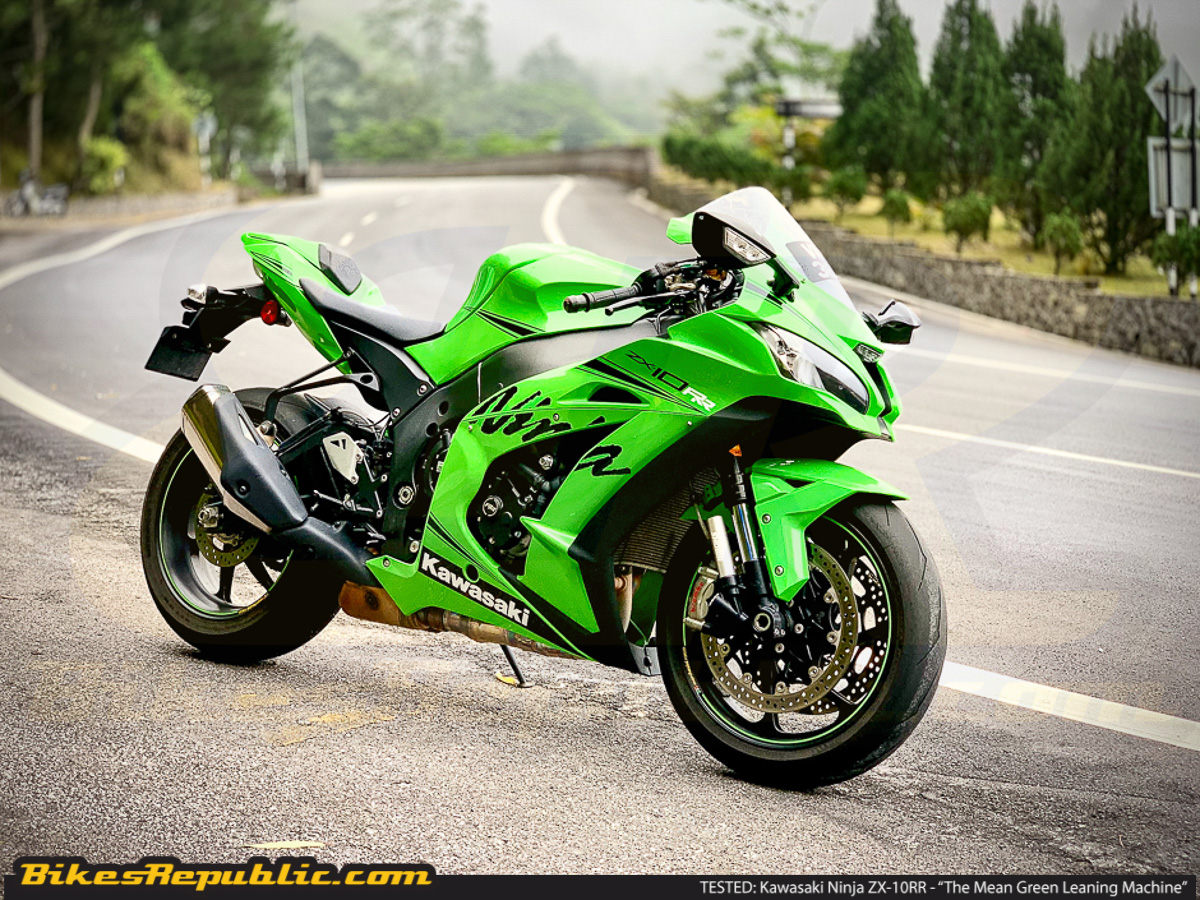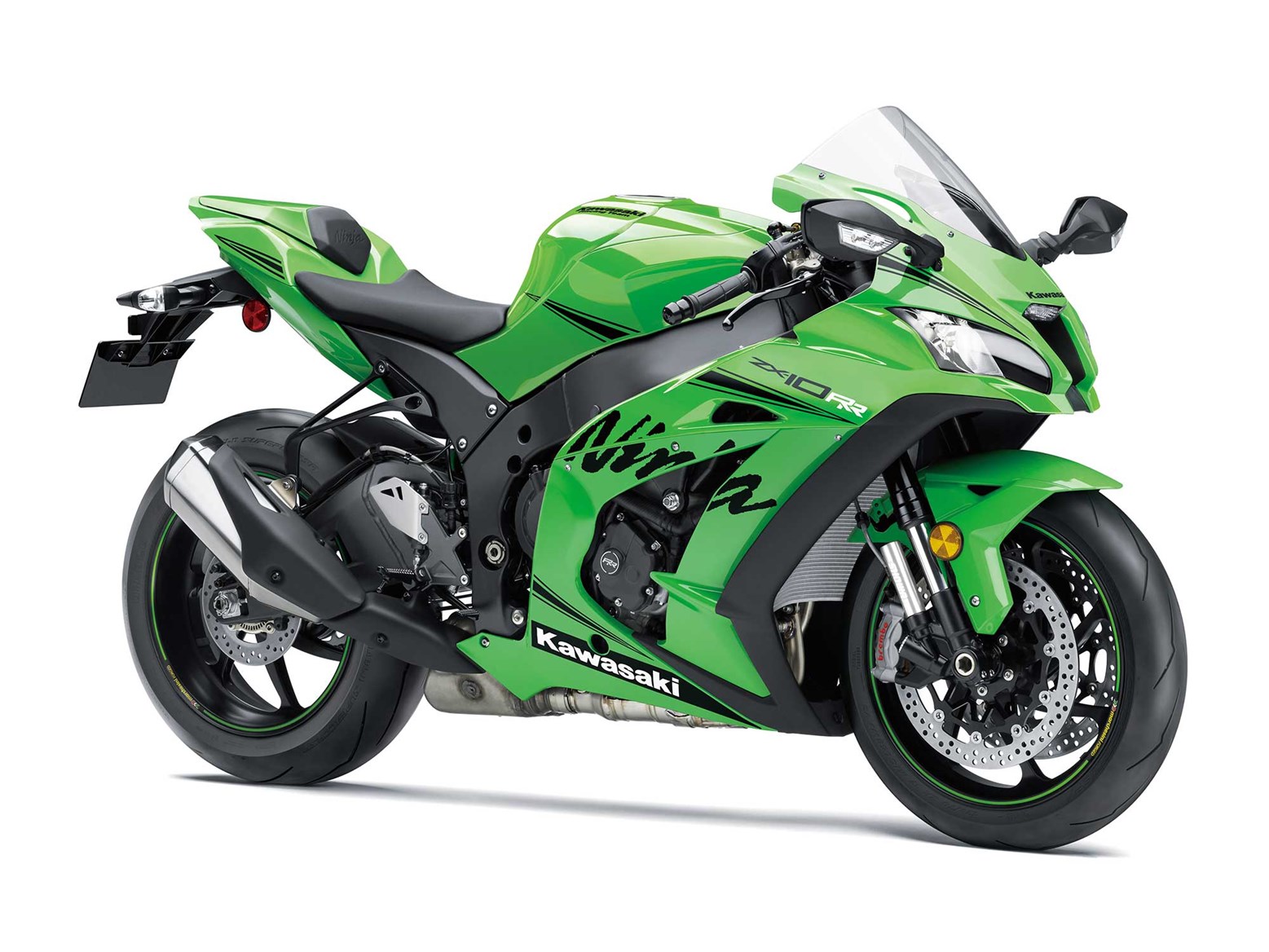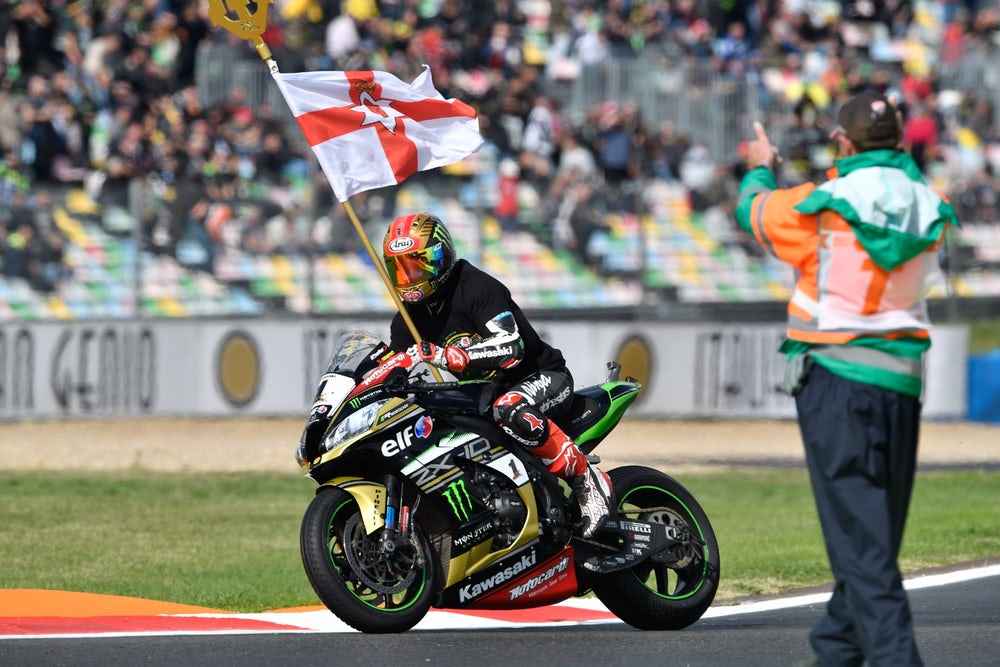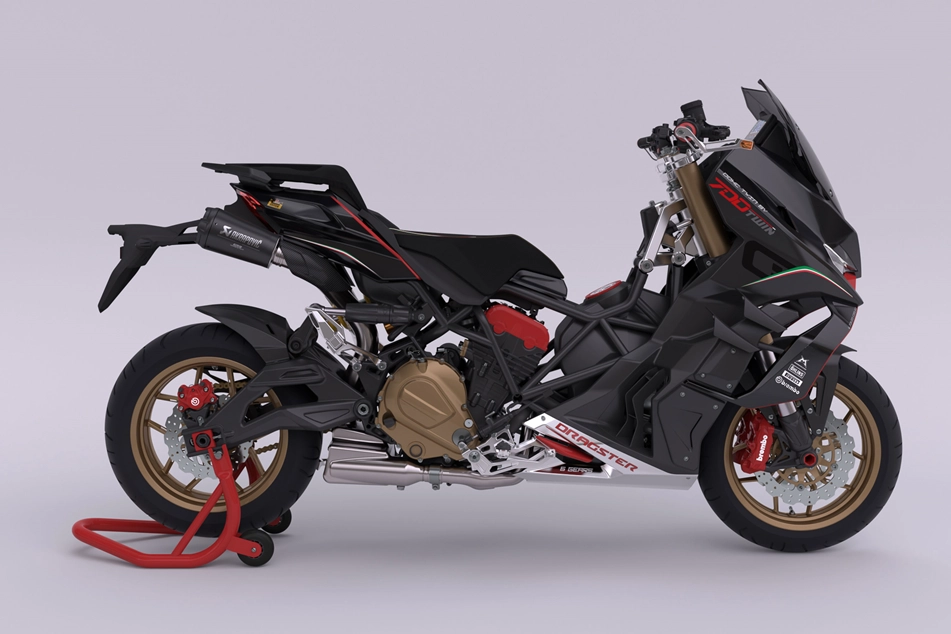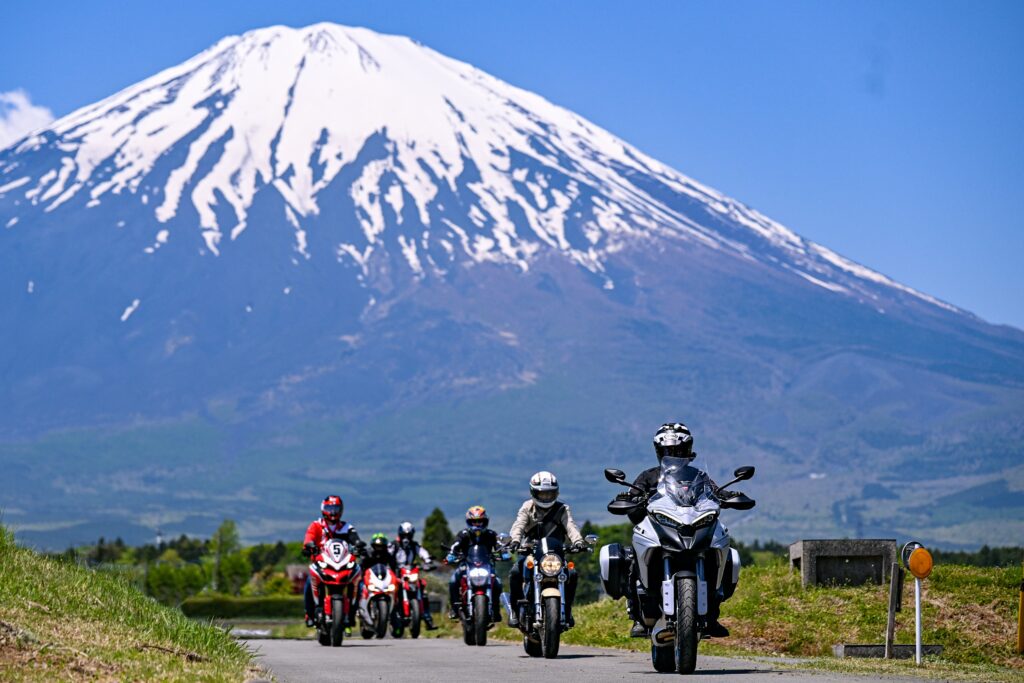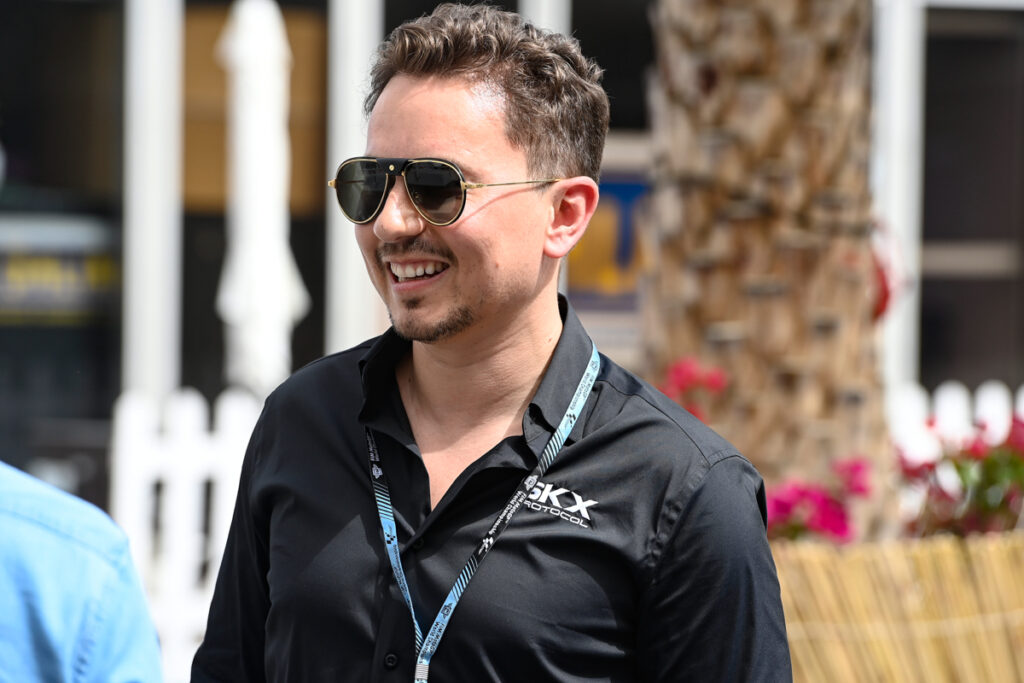-
The 2019 Kawasaki Ninja ZX-10RR is a homologation special for World Superbike Championship racing.
-
It’s limited to only 500 units.
-
We came away wide-eyed from testing it.
“You have to develop a war cry to fully unlock the 2019 Kawasaki Ninja ZX-10RR.”
“A war cry is a form of expression, usually shouted out loud, to strengthen one’s resolve in the face of adversity. We see in all war movies as the warriors give one big yell before charging their enemy’s position after being pinned down. Could you ever imagine how the greatest battles in history would’ve been like had they ran silently to the other side with bayonets fixed? It would look less than heroic.”
It’s elation when Sep Irran messaged me: “Bro, I’ve got something important on, so could you test and review the 2019 Kawasaki Ninja ZX-10RR?”
Of course, I’d love to test it. This, the homologation machine for 5-time World Superbike Champion Jonathan Rea’s campaign for world domination. On top of that, it’s one of only 500 ever built. If that’s not enough, the Kawasaki Ninja ZX-10RR had also dominated the 2019 Malaysian Superbike Championship.
For this 2019 version, the engine internals were changed, including Pankl titanium conrods which are each 102g lighter and valve actuation utilizing finger followers. The use of lighter conrods enable the engine to rev higher, resulting in 201 hp. Add in ram air and you’ll have 211 hp. Doesn’t seem a lot does it?
Other goodies include a six-axis IMU based traction control, Showa BFF forks, Marchesini forged wheels. But there’s no TFT screen and LED headlights, for RM 159,000. Then again it won the 2019 World Superbike Championship.
Don’t fix it if it ain’t broke.
Initial impression
It was just after an overnight rain spell, so I picked up the bike in “L” (low) power mode. There are three steps, the other two predictably in “M” for medium and “F” for full. Flipping through the settings was a simple affair as am pretty used to the LCD screen by now since it’s on every Kawasaki apart from the H2 SX.
Gave it some power, slipped the clutch and the bike pulled away cleanly without trying to bog down.
Seeing a corner up ahead, I decided to speed up. Since the throttle felt soft in “L”, I gave it some more in third. The engine went “whooooooop” instantaneously and the bike just hurled forward. What the…!
The bike snapped easily into the corner but the front tyre tried to stand up. That’s the signal that I didn’t carry enough speed, given the front end’s very little 107mm trail. You see, a small trail lets the bike steer quickly, but requires more speed to hold the lean angle.
Up through midday USJ traffic and I was thankful for the bike’s agility in slicing through. I kid you not, it felt like a 600cc bike. Part of this was also due to the seating position. The seat isn’t super tall, and the handlebars weren’t too low. Using the core muscle to support the upper body, my elbows were just right at the sides of the tank. As a consequence, my worries about feeling tired were instantly allayed.
Full riding impression
I decided to test it the next day on the Karak Highway, where we always test our bikes.
I hooked up with a buddy mine at the Gombak BHP petrol station. It was choked full of bikers – thousands of them! Additionally, the road was full of traffic. It seemed like the population of the entire Klang Valley was headed trying to get out of town…
Time to go full power mode. The engine’s note changed to something raw. Fierce. Visceral. There was “GRRRRRRR” kind of sound in between my legs, I kid you not. Every millimeter of the throttle movement resulted in a mighty thrust forward that could be felt in the stomach. However, don’t get the wrong impression there as it obeys your right hand and was linear (no steps in the powerband).
But what really got my attention was the whizzing akin to a supercharger from the right side of the engine. Hey, did Kawasaki pull a fast one on us media by sneaking in the H2’s supercharged engine? And it pulled just as hard as the H2 in the lower and mid-range RPMs.
Sadly, there’s just too much traffic so we took it easy, riding around 120 to 140 km/h. The Brembo M50 monobloc brakes felt soft in their initial movement but they scrubbed off speed very quickly.
Traffic petered out on our return leg, but I still took it easy to learn the bike. However, the bike started to flow as speeds went up. It was at this point that I discovered that the bike liked to lean to counter that standing up sensation.
I cut loose after the tunnel.
I charged straight into the first left. When I gave it some balancing throttle, the bike tried to steer into the adjacent lane! Whoa! It’s the signal that the ZX-10RR can handle a lot more cornering speed.
So, through the next left-right combinations I just held the throttle open and threw the bike into them. I wasn’t looking at the speedo at that point until I got home and watched the GoPro footage: I was slamming the bike through those turns at 140 to 150 km/h.
The road opened up further ahead and the corners became high-speed sweepers.
I kept opening up the throttle and the whine and roar from the engine, plus the ram air intake intensified. Until suddenly at 8,000 RPM, they just disappeared. All I could hear was the rush of the wind past my helmet.
What the….!!!
Having grown up on two strokes, this was the point for panic and the left hand must work quickly to pull in the clutch lever. But a glance down at the tachometer showed that the engine was still working. (Good sense of Kawasaki to place the tachometer bar right at the top and it was bright too!)
At this very point, suspension and chassis became so benign. It seemed to fly over everything on the road. I was enveloped in a bubble of calm.
So more power! Everything seemed to slow down, thereby proving Einstein’s Theory of General Relativity. On other bikes I’ve tested, things would become so discernibly fast that the brain couldn’t keep up.
Even better, leaning the bike into the corners required no effort at all. Seriously, no effort at all. It was like riding a 250cc bike: See the corner, line it up, steer. Credit for this goes to the lightweight Marchesini wheels and the bike’s 206 kg wet weight.
Now the best bit: Having leaned into the corner, it looked all the way past the exit and gave it more gas. The bike tracked so well that the corner looked… straight. What the…? I was thinking maybe the helmet was too tight for my head or something, so I tried it again for the next corner. The same happened… the corners just looked straight. And again and again.
It was only now that I noticed that traffic was just a blur as they went by. There wasn’t even a “whooooosh” as they normally did. I was still in that bubble of calmness. I sneaked another look downwards, at the speedo this time: 228 km/h. Just then, I threw the bike into another corner.
Then it registered: 228 km/h!!!!
I had been blasting through corners above 200 km/h. And it was calm. And it was effortless. And the bumps didn’t throw the bike off the chosen line even when cranked over on its side. And the corners became straight. No matter, I just yelled “BANZAI” and charged every corner that appeared.
We stopped after the Gombak toll, which was the customary RV point after a ride. It turned out that we had covered the distance between Karak town and the toll plaza in less than 20 minutes. I didn’t even feel tired or sore in the wrists or another part of the body. I was tempted to go a few more rounds but traffic was even heavier now. (But I did go back on Monday and the ride was even faster, which I won’t reveal the speeds here.)
I’d like to add that I tackled those corners within a single lane, instead of using the adjacent lanes to set up my cornering lines. I hate idiots who cross multiple lanes to complete corners.
Conclusion
I’ve ridden all sorts of bikes for more than 30 years and this was the first one that’s actually friendlier at high speeds. What’s magical about it was how it’s designed for insane mid-corner speeds and made it easy to exploit that strength. For example, that small trail made it easy to steer, then the chassis took over to hold the bike down in the lean angle.
It has to be said that I wasn’t even riding up to 80% of my personal limits. Compared to other bikes, they required more muscling to get them turned and hooked up in the corners by the time they got close to that level. So, imagine how the ZX-10RR would be if I had pushed it to 80% and beyond!
No wonder Mr. Rea destroyed all comers and won the WSBK crown 5 years in a row!
This was why I said that you need to concoct up your battle cry, because it’s your personal limits and resolve that stops you from exploiting the 2019 Kawasaki Ninja ZX-10RR to its fullest. Think you’re too fast for a corner? Just yell “BANZAI” or “GERONIMO” or “KOWABUNGA’or whatever like and steer.
By the way, RM159,000 is worth it. Compare this to other superbikes: It’s limited to 500 units only. Other superbikes cost lower but they’re not limited edition. The next limited-edition homologation special is the Ducati V4 R which carries a price tag of RM 299,000. The ZX-10RR may not have LED headlamps and TFT screen, but those are dumped as soon as the bike hits the track anyway.
Hurry and order yours. There’s not many left, if there is any left at all.
Written by: Wahid Ooi Abdullah



